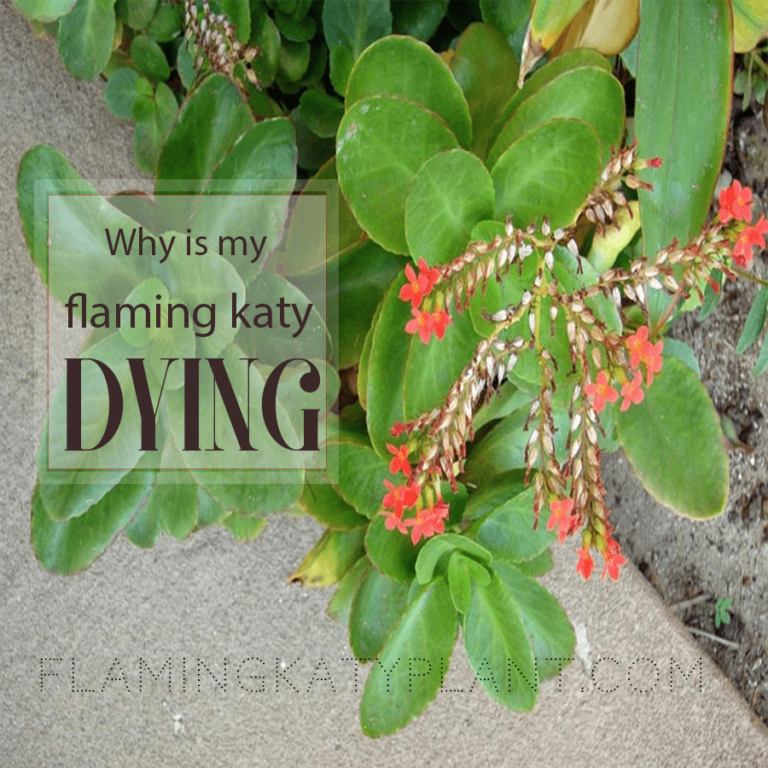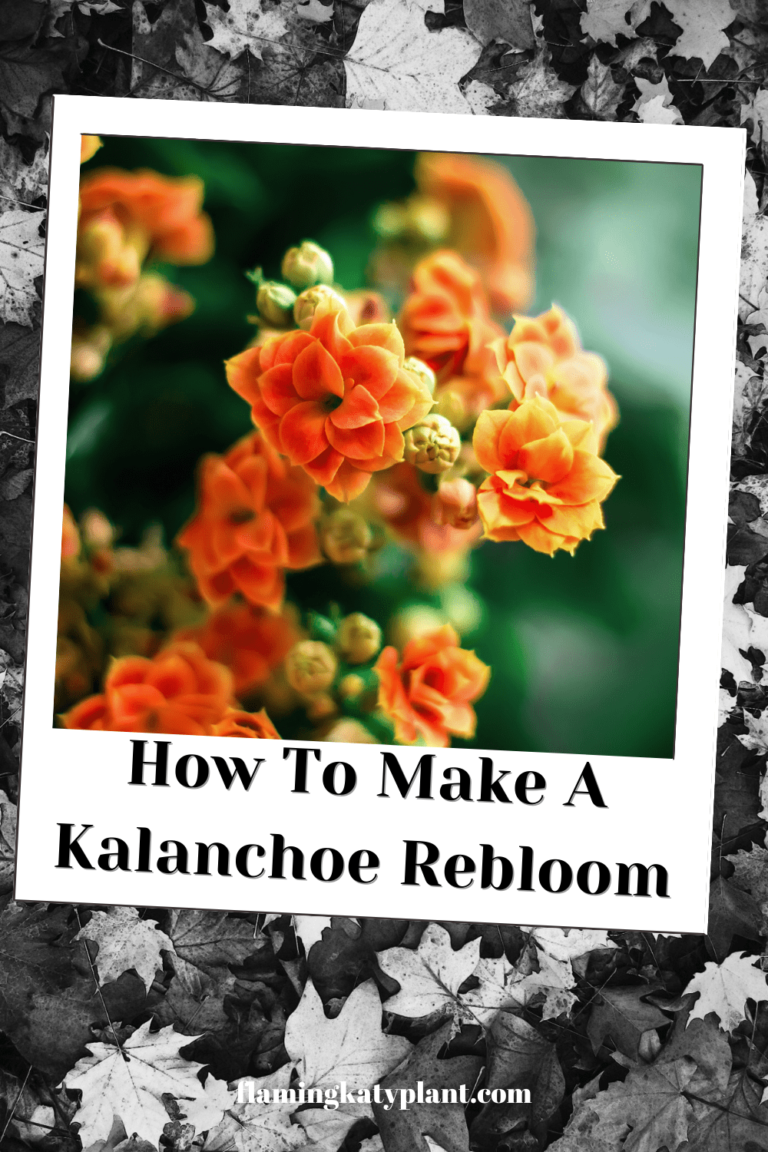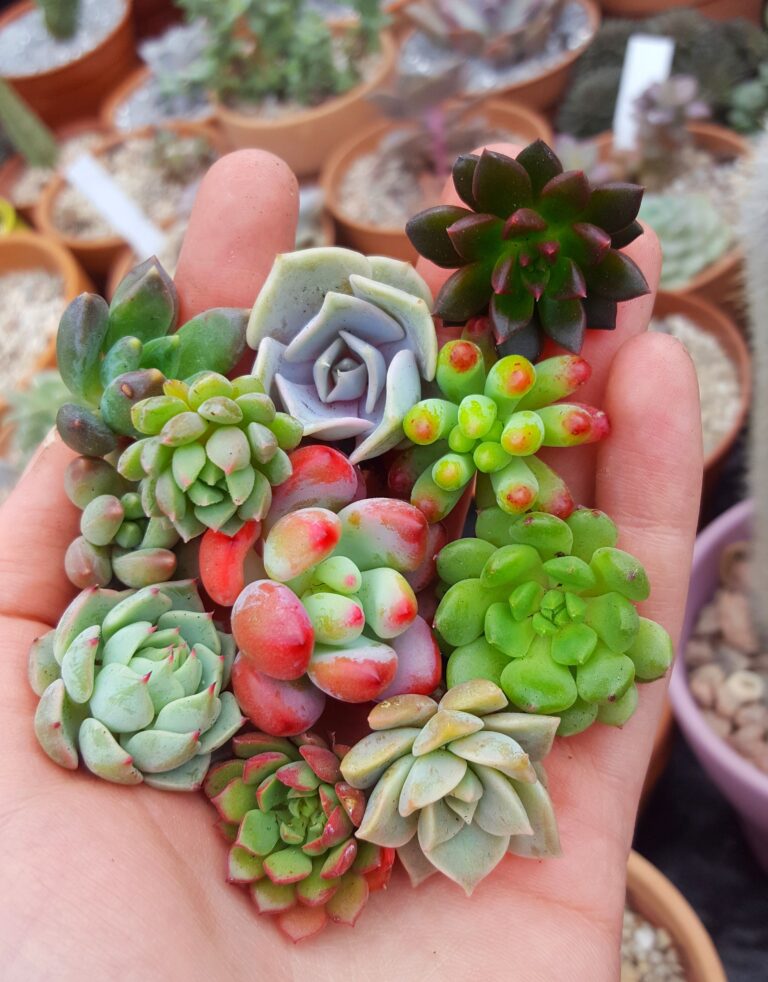Flaming Katy Houseplant
The Flaming Katy (Kalanchoe blossfeldiana) is a popular houseplant known for its vibrant and long-lasting flowers. Here’s a brief history of this houseplant:
Origins And Discovery Of Flaming Katy
Origins: The Flaming Katy is native to Madagascar, an island nation off the southeastern coast of Africa. In its native habitat, it grows as a perennial succulent.
Discovery: The plant was first discovered and documented by botanists in the early 20th century. The species was named after Robert Blossfeld, a German botanical illustrator and painter.
Cultivation: Due to its attractive and colorful flowers, Kalanchoe blossfeldiana began to gain popularity as a potted plant in Europe and the United States. Growers recognized its potential as a decorative and easy-to-care-for indoor plant.
Varietal Development: Over the years, horticulturists and breeders have developed numerous cultivars and varieties of Kalanchoe blossfeldiana, each with its own unique flower colors and characteristics. This extensive breeding has contributed to its popularity as a houseplant.
Common Names: In addition to Flaming Katy, this plant goes by several common names, including Christmas Kalanchoe and Florist Kalanchoe, often reflecting its blooming season and its popularity as a holiday plant.
Indoor Use: Flaming Katy is prized for its ability to produce bright, long-lasting clusters of flowers, typically in shades of red, orange, yellow, and pink. It has become a favorite houseplant choice for adding a burst of color to indoor spaces, especially during the winter months when many other plants are dormant.
Cultural Significance: In some cultures, the Kalanchoe blossfeldiana is associated with symbolism. For example, in Chinese culture, it is considered a symbol of good luck and prosperity when given as a gift during the Chinese New Year.
Today, the Flaming Katy remains a popular and widely cultivated houseplant, appreciated for its ornamental value, ease of care, and its ability to brighten up indoor spaces with its cheerful and enduring flowers. It continues to be a staple in many homes and gardens around the world.
How long do flaming katy flowers last?
Flaming Katy (Kalanchoe blossfeldiana) flowers are known for their longevity compared to many other houseplants. The individual flower clusters, also known as inflorescences, can last several weeks to several months, depending on various factors such as care, environmental conditions, and the specific variety of Kalanchoe. Here are some general guidelines:
Individual Flowers: Each small flower within the cluster typically lasts around 2-6 weeks. They start as buds and gradually open, with the lower buds opening first.
Overall Bloom Period: The entire flowering period for a Kalanchoe plant can extend for several weeks, and sometimes even up to several months, especially if you provide proper care and conditions.
Deadheading: Removing spent flowers (deadheading) can extend the overall bloom period. By regularly snipping off the old, faded flowers, you encourage the plant to produce new buds and continue blooming.
Light and Temperature: Providing the right amount of light (bright, indirect sunlight) and maintaining a suitable temperature range (60-85°F or 15-29°C) can also contribute to longer-lasting flowers.
Varietal Differences: Different Kalanchoe varieties may have varying flower longevity. Some varieties are bred for extended blooming periods.
Remember that once a Kalanchoe plant finishes flowering, it might enter a period of rest. During this time, it may not produce new flowers for a few months. However, with proper care, it should eventually cycle back into a blooming phase.
How do you take care of a Kalanchoe indoors?
Taking care of a Kalanchoe (Kalanchoe blossfeldiana) indoors is relatively straightforward, as these succulent plants are known for their resilience and low-maintenance requirements. Here are some key care tips for keeping your indoor Kalanchoe healthy and vibrant:
Light: Place your Kalanchoe in a spot with bright, indirect sunlight. Avoid direct sun exposure to prevent leaf burn.
Temperature: Maintain a consistent indoor temperature between 60°F to 85°F (15°C to 29°C). Protect the plant from cold drafts and frost.
Watering: Allow the top inch (2.5 cm) of the soil to dry out before watering. Water thoroughly, ensuring excess water drains from the pot. Avoid overwatering.
Soil: Use well-draining succulent or cactus potting mix, preferably with perlite or sand for better drainage.
Fertilization: Feed with a balanced, diluted water-soluble fertilizer during the growing season (spring and summer). Reduce or stop fertilizing in fall and winter.
Pruning: Trim leggy growth for a bushier plant. Remove spent flowers (deadhead) to promote continuous blooming.
Repotting: Repot every 2-3 years or when root-bound into a slightly larger pot with fresh potting mix.
Pests and Diseases: Watch for common pests like aphids, mealybugs, and spider mites. Treat promptly with insecticidal soap or neem oil. Avoid overwatering to prevent root rot.
Flowering: Kalanchoes typically bloom in late winter to early spring. To encourage flowering, provide 12-14 hours of darkness for 6-8 weeks before the desired bloom time, followed by regular light exposure.
Indoor Environment: Maintain proper humidity levels by using a humidity tray or room humidifier to combat dry indoor conditions, especially during winter.
By following these care instructions, you can keep your Kalanchoe thriving and enjoy its vibrant blooms indoors.





